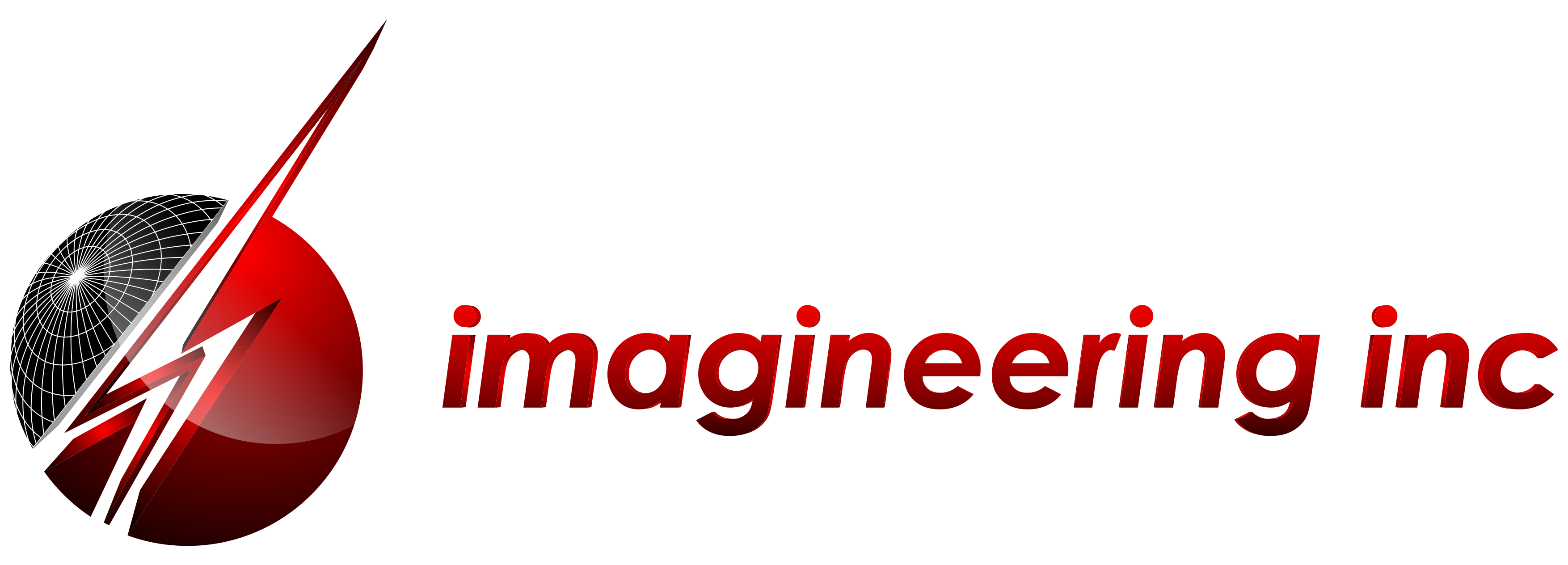The printed circuit board industry is akin to the semiconductor industry. It would be difficult for any trend within the semiconductor industry to not affect the printed circuit board industry.
According to an October release regarding August 2017 data, the Semiconductor Industry Association (SIA) announced worldwide sales of semiconductors reached $35.0 billion for the month of August 2017. This is a significant increase: 23.9 percent over the same month last year. It is also 4.0 percent more than the July 2017 total of $33.6 billion. All major regional markets posted both year-to-year and month-to-month increases in August, and the Americas market led the way with growth of 39.0 percent year-to-year and 8.8 percent month-to-month.
According to John Neuffer, president and CEO, Semiconductor Industry Association, “Sales in August increased across the board, with every major regional market and semiconductor product category posting gains on a month-to-month and year-to-year basis. Memory products continue be a major driver of overall market growth, but sales were up even without memory in August.” This report can be found here.
What are the implications for the printed circuit board (PCB) industry?
Too early to tell, but overall demand for electronics – both consumer and industrial, is on the rise.
This is driving the market for different technology, including semiconductors. It’s a best practice to keep a watchful eye on the worldwide supply for such technology to meet the overall demand, and know price trends as the market continues to rise. It may give way to more suppliers and more competition for components and technology used in PCB fabrication. This could bring improved quality and even improved pricing.
For the PCB industry, it heightens the need to place a watchful eye on the world economy and the overall trend of electronic goods and services.
